In Hanfu, "Doupeng (斗篷, Cloak)" and "Pifeng (披风, Cape)" are often confused. It seems that there is no difference between them in Hanfu. But in fact, they are totally different things. Today, we will introduce the difference between them.

"Doupeng (斗篷, Cloak)"
Doupeng, it usually has a stand collar, no cap, no sleeve, and generally has a slit at the back. It's usually matched with a hat. Cover the whole body to prevent wind and cold. And the design of the Doupeng is not convenient for the hands to move, so it just keeps people warm.
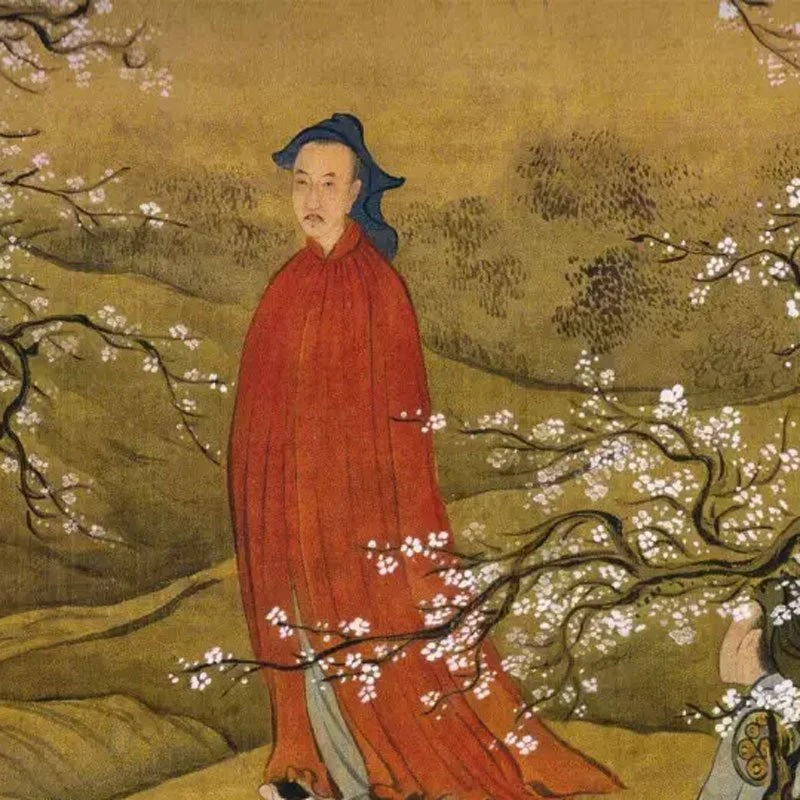
The most classic Doupeng in ancient paintings
Doupeng, evolved from coir raincoats, was originally made of hemp to resist rain and snow. In the Ming and Qing Dynasties, silk fabrics were widely used in Doupeng, not limited to rainy and snowy days. It was a kind of clothing to keep out the cold, with long and short styles, high collar, and low collar.
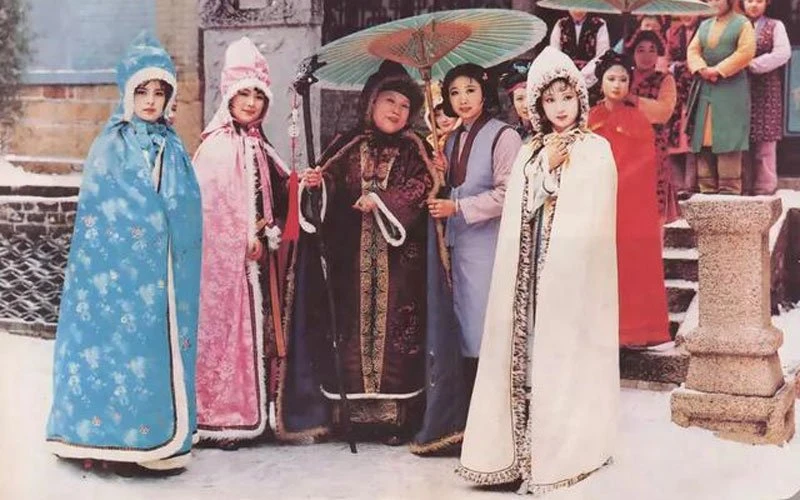
The Doupeng in the dream of Red Mansions
When going out in winter, both men and women, officials, and people like to wear Doupeng, but there's a rule that you can't be salute in this kind of dress, or it's considered disrespectful. After the middle of the Qing Dynasty, women's cloaks were very common, and their production was increasingly sophisticated. They were generally made of bright silk and satin, embroidered with patterns, and lined with fur.
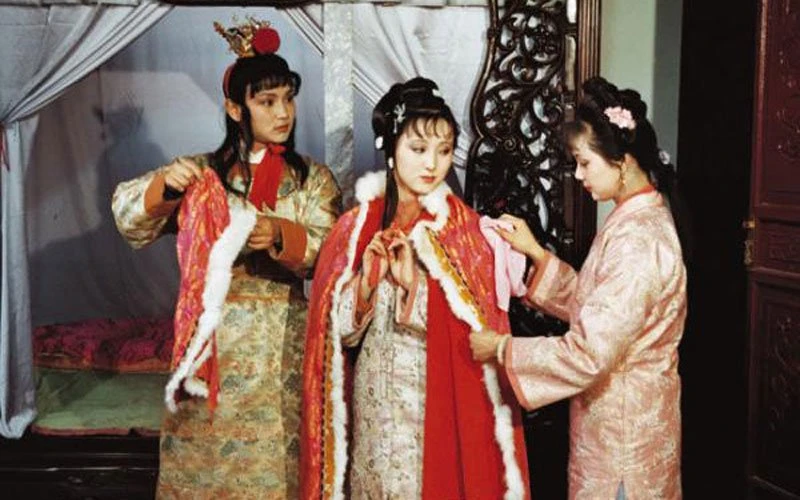
The Doupeng in the dream of Red Mansions, the hat is a separate match.
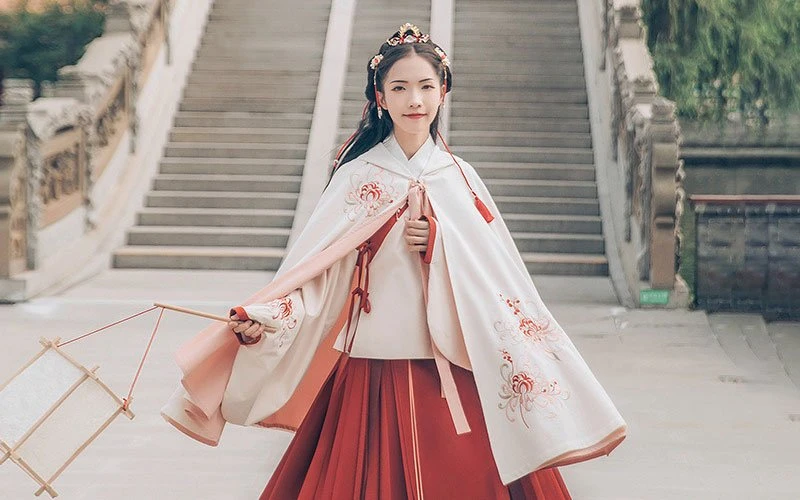
An improved version of the Hanfu Cloak
"Pifeng (披风, Cape)"
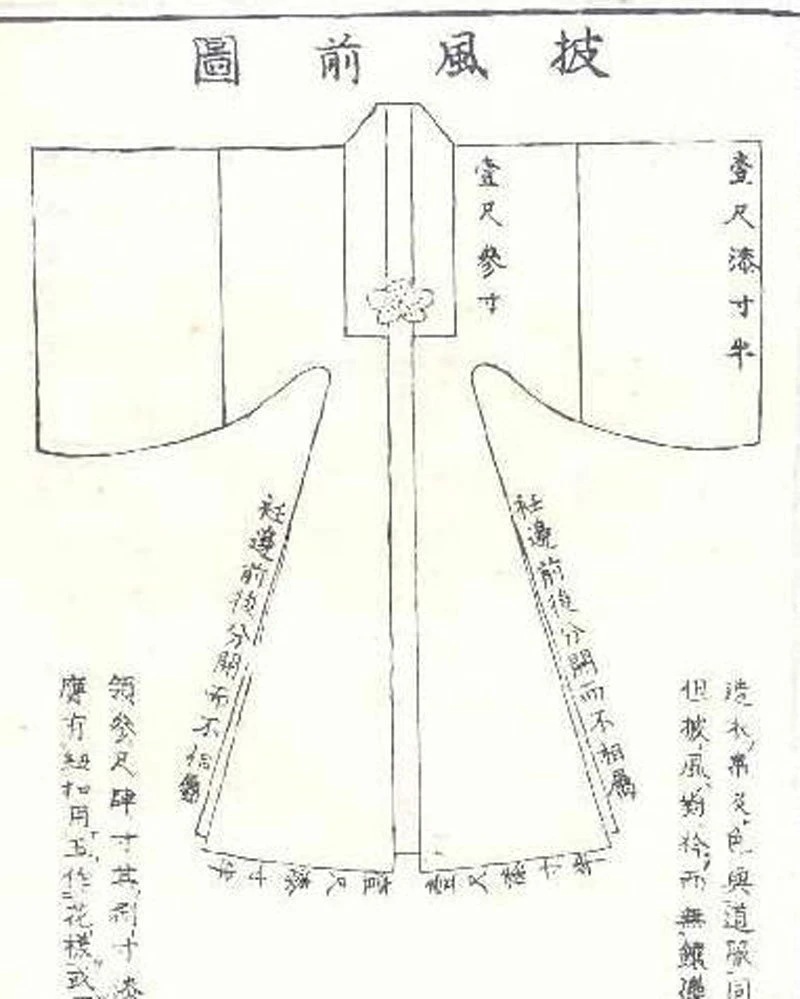
The prototype of the Pifeng
Pifeng is the shape of a garment, a windbreaker, most of them have straight neckline, long sleeves. Pifeng was popular in Ming Dynasty. It can be worn either outdoors or indoors, Doupeng is often worn outdoors. Pifeng was popular in Ming and Qing Dynasties. From many portraits and notes, Pifeng was popular in Ming Dynasty. In The Dream Of Red Mansions, the Pifeng is mentioned repeatedly.
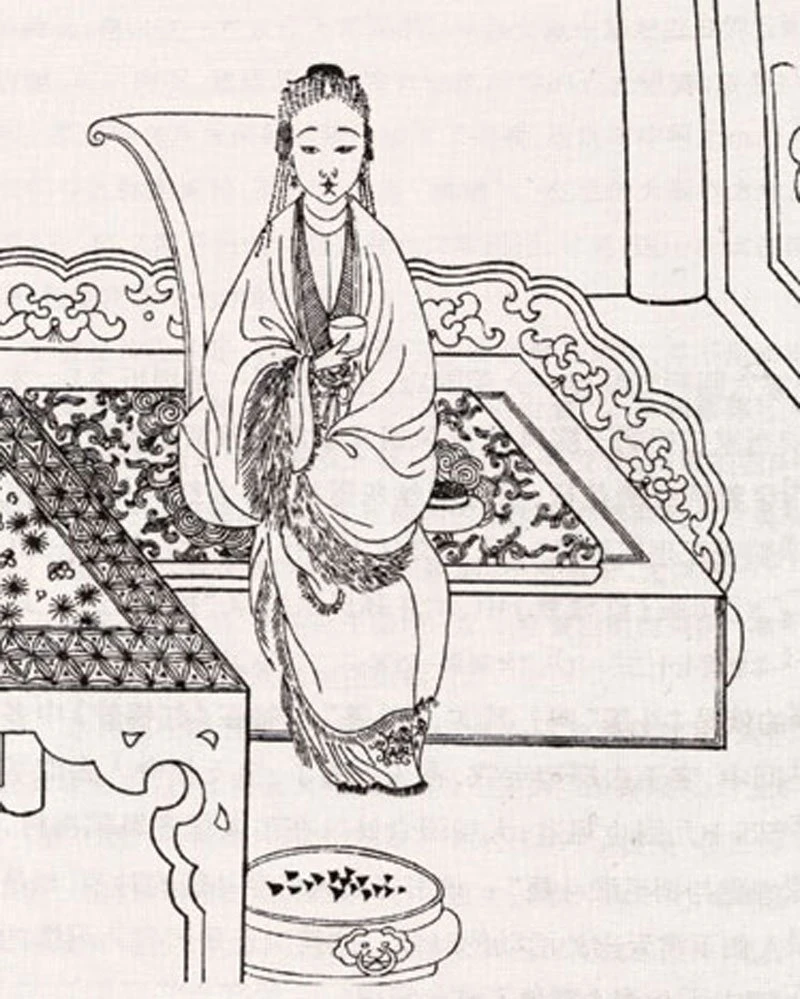
In the hand-painted version of the dream of Red Mansions, Wang Xifeng in a Pifeng.
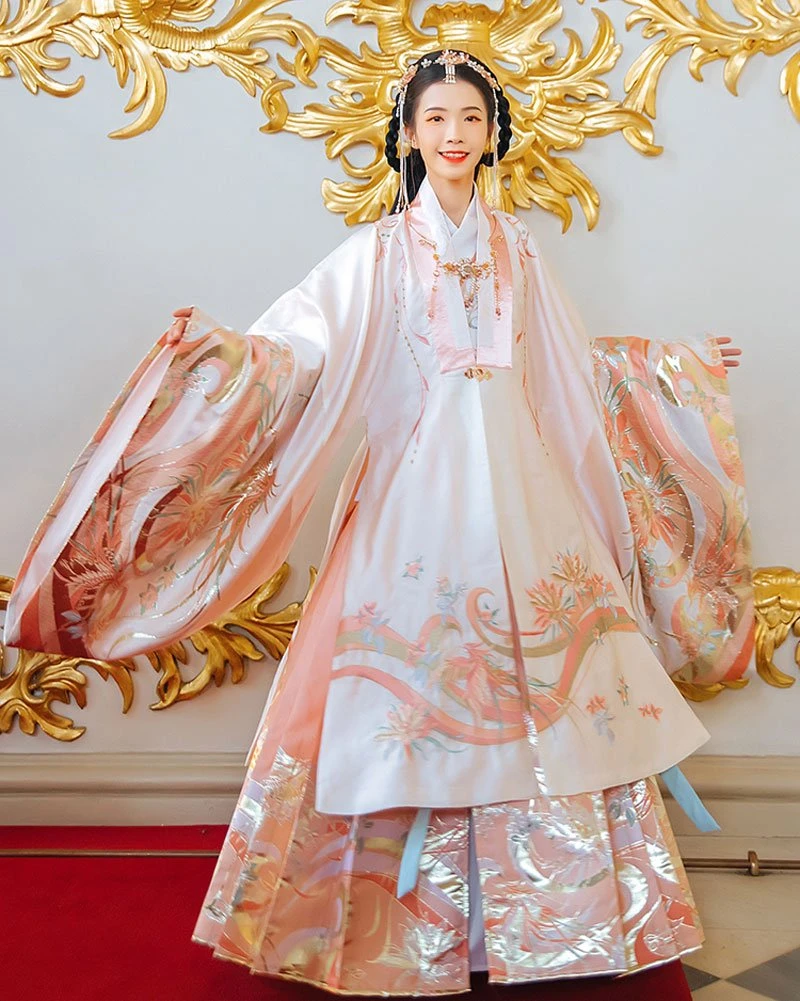
An improved version of the Hanfu Cape
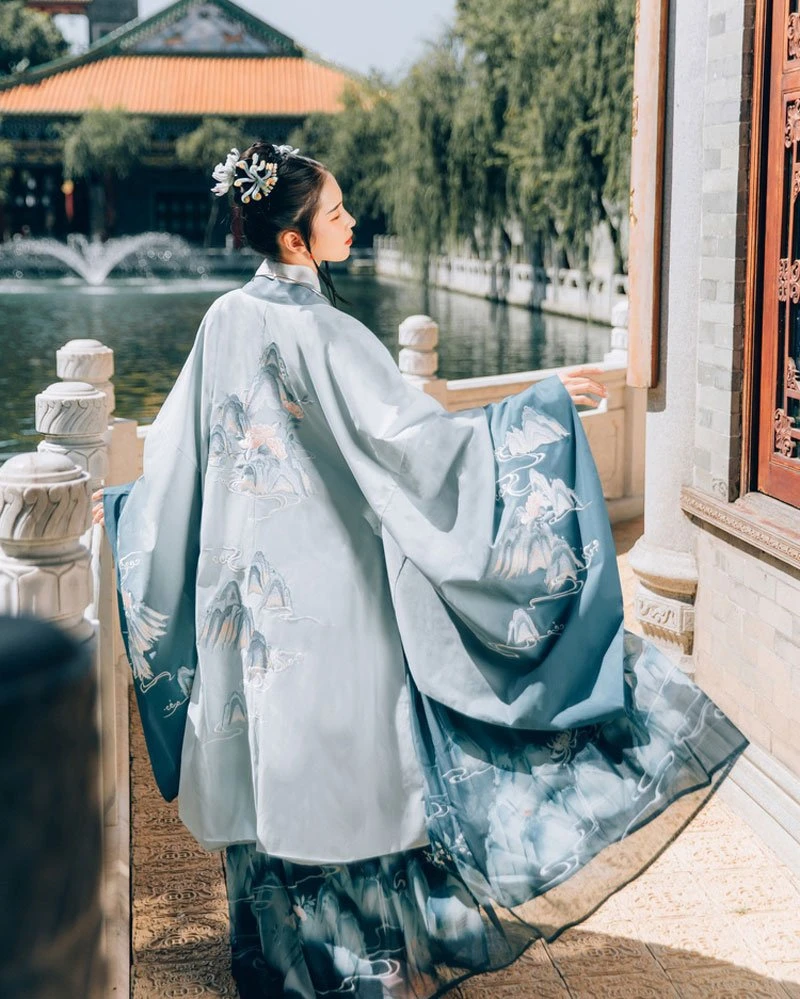
An improved version of the Hanfu Cape
In a word, a Doupeng has no sleeves and a Pifeng has sleeves (a Pifeng is a normal dress!)
To learn more about the styles of Hanfu:

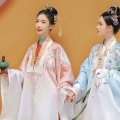

Can’t decide which style I like more lol
waw😍